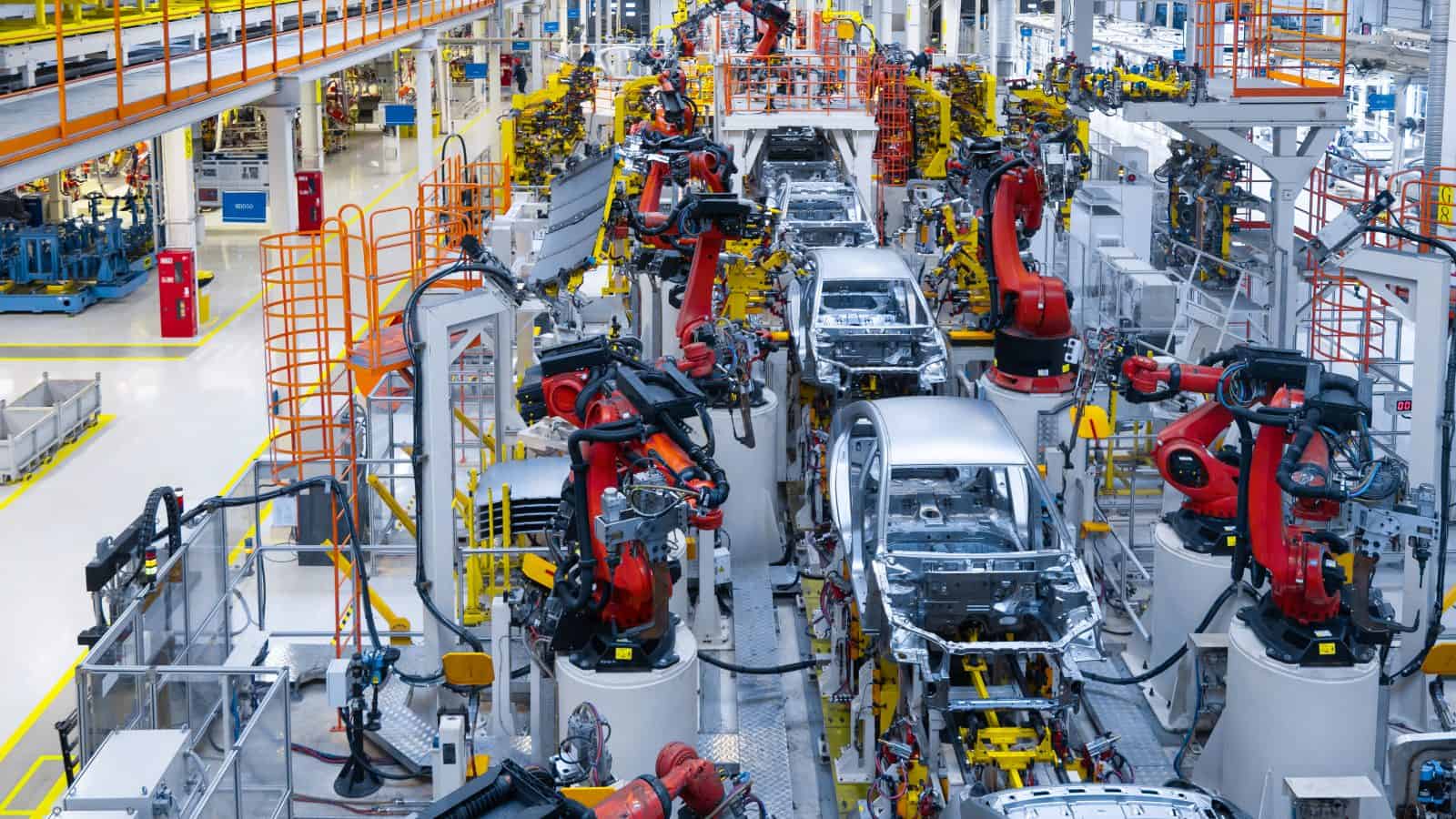Digital Tech is Cornerstone for Sustainability
MLC Master Class session with NTT DATA and Microsoft lays out formula for net-zero success
In his introduction to MLC’s recent Master Class session, Harnessing Digital Technology for a Sustainable Future, Paul Tate laid out the high stakes involved in sustainable manufacturing.
“This is one of the most existential challenges and sources of opportunity for the manufacturing industry over the next decade,” said Tate, MLC’s Co-Founding Executive Editor and Senior Content Director.
To get to a sustainable, net-zero future, application of both data and analytics are critical. During the Master Class, expert speakers Baskar Radhakrishnan of NTT DATA and Rebecca Christiansen of Microsoft defined the challenges and described how digital technology can help manufacturers accelerate decarbonization.
According to Christiansen, Microsoft’s Americas Azure IoT Specialist Director, nearly one-third of the world’s energy consumption and roughly 20% of CO2 emissions are attributable to the manufacturing industry. To help combat climate issues, she pointed to the 5,000 companies that have committed to net zero as part of the United Nations Race to Zero Campaign.
“While a lot of companies have made commitments, building the strategy, backing it with detailed plans and execution methodologies has been really tough,” Christiansen stated. “It’s really up to all of us, collectively, to figure out what technologies and what strategies should be implemented to go after this.”
Further, Baskar Radhakrishnan shared this must be looked at not only through the strategic lens, but also from a tactical, operational technology perspective.
“From a technology perspective, there is a lot of data available coming from the supply chain, coming from your OT systems, coming from all over your networks,” said Radhakrishnan, NTT DATA’s Strategic Advisor for Manufacturing. “But how you derive some meaningful insight out of that is a huge challenge.”
To show how sustainability investments can provide value, NTT DATA and Microsoft have partnered together to demonstrate quick return on investment for their customers. They have designed a production-level pilot that can be set up in a small-scale production environment at a customer site in less than 12 weeks. This allows the implementation team to show its organizational leaders the opportunity, value and positive ROI associated with investing in an energy management or a waste reduction system.
Beyond demonstrating ROI with this pilot, it is important to also look at sustainability from a business objectives perspective.
“There is a gamut of technologies involved,” Radhakrishnan said, “so technology is an enabler. It’s not going to solve your problem unless you have the process straightened out and unless you identify the range of possible options for transitioning towards the net-zero targets.”
In part because organizations cannot improve things they can’t measure, NTT DATA and Microsoft are using the Azure digital twin to help companies meet their sustainability goals.
“We tackle the problem of data by connecting directly to energy data sources – be it power meters, submeters on equipment, or utilizing building management systems. From there we create both real-time visibility to energy usage and provide analytics about the energy usage, trends, and patterns,” said Radhakrishnan.
According to the Master Class speakers, manufacturers shouldn’t be afraid or overwhelmed with the prospect of using digital twins in this process. While they can seem complex, they are simply virtual replicas of physical assets, or “high-fidelity digital representations of the physical world,” as Christiansen called them.
“Once you’ve got [the physical world] modeled, you can garner insights, you can look at consumption, you can look at interaction, you can think about how you can manipulate or even identify fault detection or anomalies in advance, which help you really optimize keeping your manufacturing line healthy, runtime up, and throughput maximized,” she said.
The outcomes from using digital twins are clear, including improved production capacity and inspection efficiency with reduced energy usage and CO2 emissions. Plus, the twin allows the user to look at energy management on many level: at the product, factory, or even supply chain levels. That includes progress toward net-zero goals.
“That’s extremely important because you’re completely taking the guesswork out of this,” said Radhakrishnan. “You need a systematic way of tracking, reporting, recording, and being able to model and show progress not only to your board but also to your external stakeholders as well as investors.”
In fact, he said, if you are not making progress, the digital twin in combination with artificial intelligence allows you to model and fix problems and see how you are progressing toward your vision.
Beyond the technology itself, the final piece to the puzzle is creating an organizational culture with proper funding, training, and resources.
“We’re seeing a lot of organizations hire chief sustainability officers,” said Christiansen. “That’s an incredible start, but that’s a single person. It has to come through the entire culture of a company.”
If the culture is not there, she warns, it will be a challenge to implement these changes.
As the Master Class demonstrated, net-zero goals are challenging, but they are also achievable. Digital technologies like NTT DATA and Microsoft’s production-level pilot can build a case to create sustainability programs that create substantial results. Establishing goals and a strategy, utilizing digital twins, analyzing the data and analytics, and creating an organizational culture where the entire company is behind the mission are all key to accelerating a decarbonization effort.
Visit NTT DATA’s sustainable manufacturing page to learn more about this topic.
